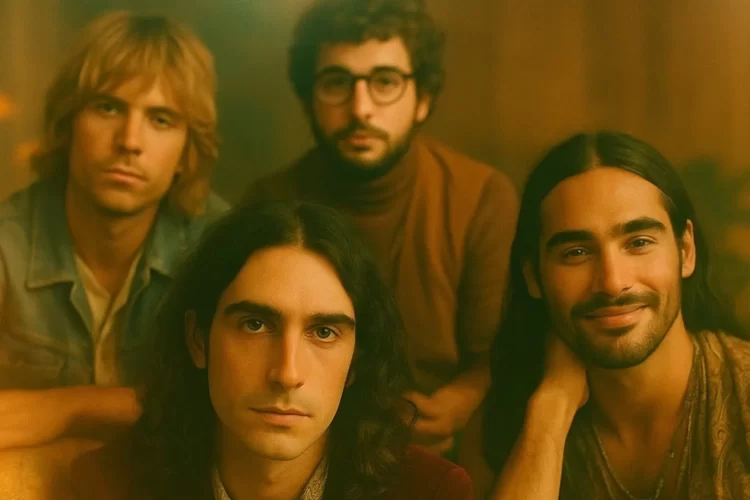Drunk driving might be against the law, but there’s no such rule about drunk horse riding. And believe it or not, it’s actually a sport in Guatemala!
Traditionally, Skach Koyl – a drunken horse race – is meant to mark the end of Day of the Dead celebrations. Drunk riders gather every year on November 1 at the town of Todos Santos to participate in the much awaited race. As you’d expect, there aren’t any rules to the race, no start or finish, and riders stop whenever they please to gulp more mouthfuls of booze. The chaotic race continues for seven hours straight, with no visible concern for safety.
Located 12,000 feet up into Guatemala’s Cuchumatanes mountain range, Todos Santos is not an easy town to reach. The population is almost entirely Mayan, and although many of the townsfolk are Catholic, they haven’t let go of their Mayan religious traditions and beliefs. And the daylong Skach Koyl – loosely translated as the Race of Souls – is one such tradition.
Skach Koyl dates back to the 17th century, when Spanish conquerors, after having win over the local Mayans, prohibited them from riding horses. So the practice of drunk horse riding began as a symbol of protest. Today, the tradition continues as a protest against colonialism and as a mark of respect for the dead.
According to Benjamin Reeves, a former freelance journalist in Guatemala, the riders start preparing for the event on the night of October 31. They sacrifice a chicken to bless the sandy race track, and abstain from sex that night. Instead, they spend the entire night drinking a Guatemalan liquor called Quetzalteca. And in the morning, they’re intoxicated and ready for the race to begin.
The race track extends from one end of the village to the other – the men ride back and forth several times, getting even more wasted during the process, with the rest of the village joining in.
“We don’t really drink the rest of the year because of tradition,” an elderly woman named Feliciana told Reeves. So it doesn’t really take too many drinks before the entire town is in a drunken stupor. By midday, men – and boys as young as 12 – are passed out on streets and in ditches. Women and girls usually do not participate, but according to Reeves, “it’s not unusual to see a wife or child resolutely standing over a man blacked out in the street clutching a can of beer.”
“Horsemanship is obviously out of the question in conditions like these, and the riders who do well are the ones who can hold their liquor,” Reeves wrote. “Violent death is a very real risk for the riders, and extreme intoxication can cause bloody accidents. If any of them die, it’s considered an offering to the underworld that will bring fertile crops in the coming year.”
“The riders don’t seem to care how close they could be to death,” he added. It seems that the people who really do benefit from the race are the horse owners, who make over $500 on rental fees and bets. The winner of the race, for all his trouble, is apparently awarded with a live chicken and the title of ‘El Capitan’.
Over time, Skach Koyl has become so popular that similar races are held all through the year at other towns in the region. It is now a tourist attraction, and was even featured on the cover of the Lonely Planet guide to Guatemala a few years ago.
According to travel magazine Atlas Obscura, a version of Skach Koyl was recently held in the town of Chiabal II, near Todos Santos. Locals had cleared a track running through the center of the town, and eight horses were gathered for the occasion. On the day of the race, men and boys were dressed in a traditional Mayan costume – red pants with white stripes, blue-and-purple shirts with wide embroidered collars, and straw hats with woven bands.
“Some riders were so drunk they had to have their hands tied to the saddle by their friends,” the article stated. “Others screamed obscenities in Spanish and English as they flew past spectators at a breakneck speed. Predictably, a few riders flew out of their saddles, landing with a dull thud in the loose dirt. Others slowly slumped to the side before slowly reaching terra firma and giving up, their relieved horses continuing on without them.”
Mayan tradition dictates that village men participate in the original Skach Koyl race four times in their lifetime. It is considered a rite of passage, and on their last year, they triumphantly wield live chickens as they ride. The birds, naturally, do not survive the ordeal, although most riders do.
Sources: Vice, Atlas Obscura, International Living





 Bicimaquinas – The Amazingly Useful Low-Tech Bicycle Machines of Guatemala
Bicimaquinas – The Amazingly Useful Low-Tech Bicycle Machines of Guatemala  Macabre Rituals – The Annual Cleaning of the Dead at Pomuch Cemetery
Macabre Rituals – The Annual Cleaning of the Dead at Pomuch Cemetery  The Colorful Street Carpets of Semana Santa, in Antigua
The Colorful Street Carpets of Semana Santa, in Antigua  The All Saints Day Giant Kite Festival of Guatemala
The All Saints Day Giant Kite Festival of Guatemala 




